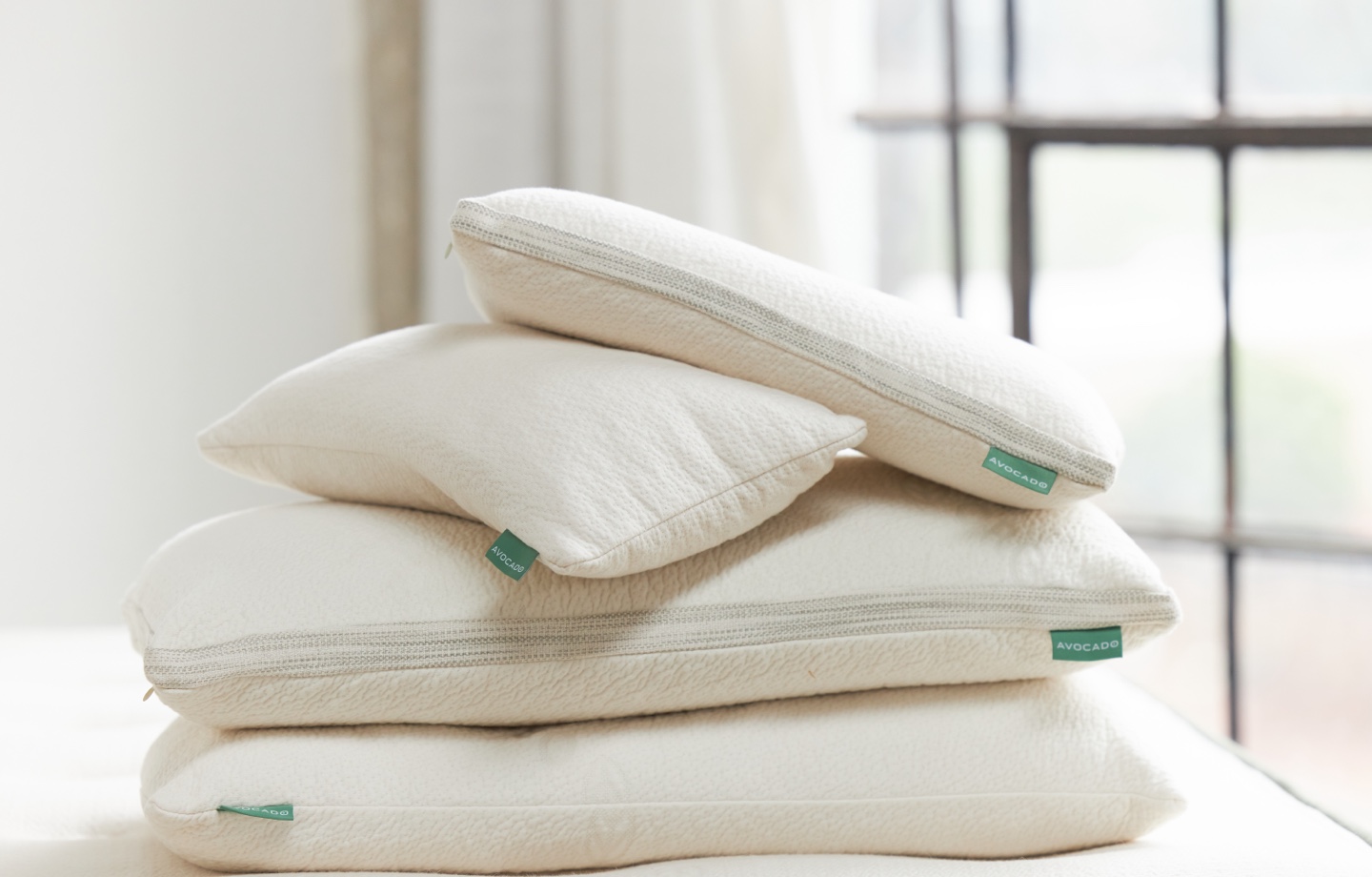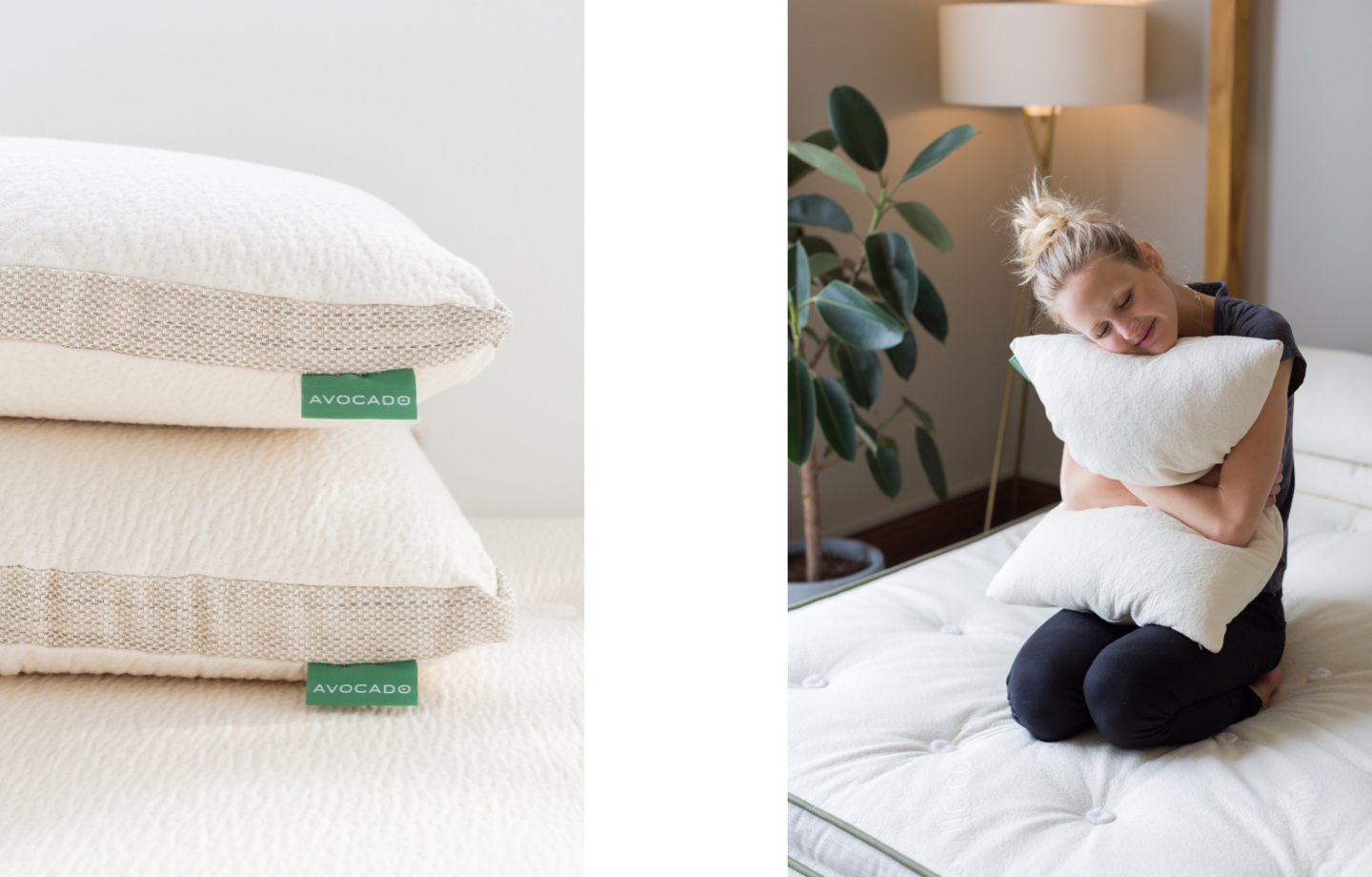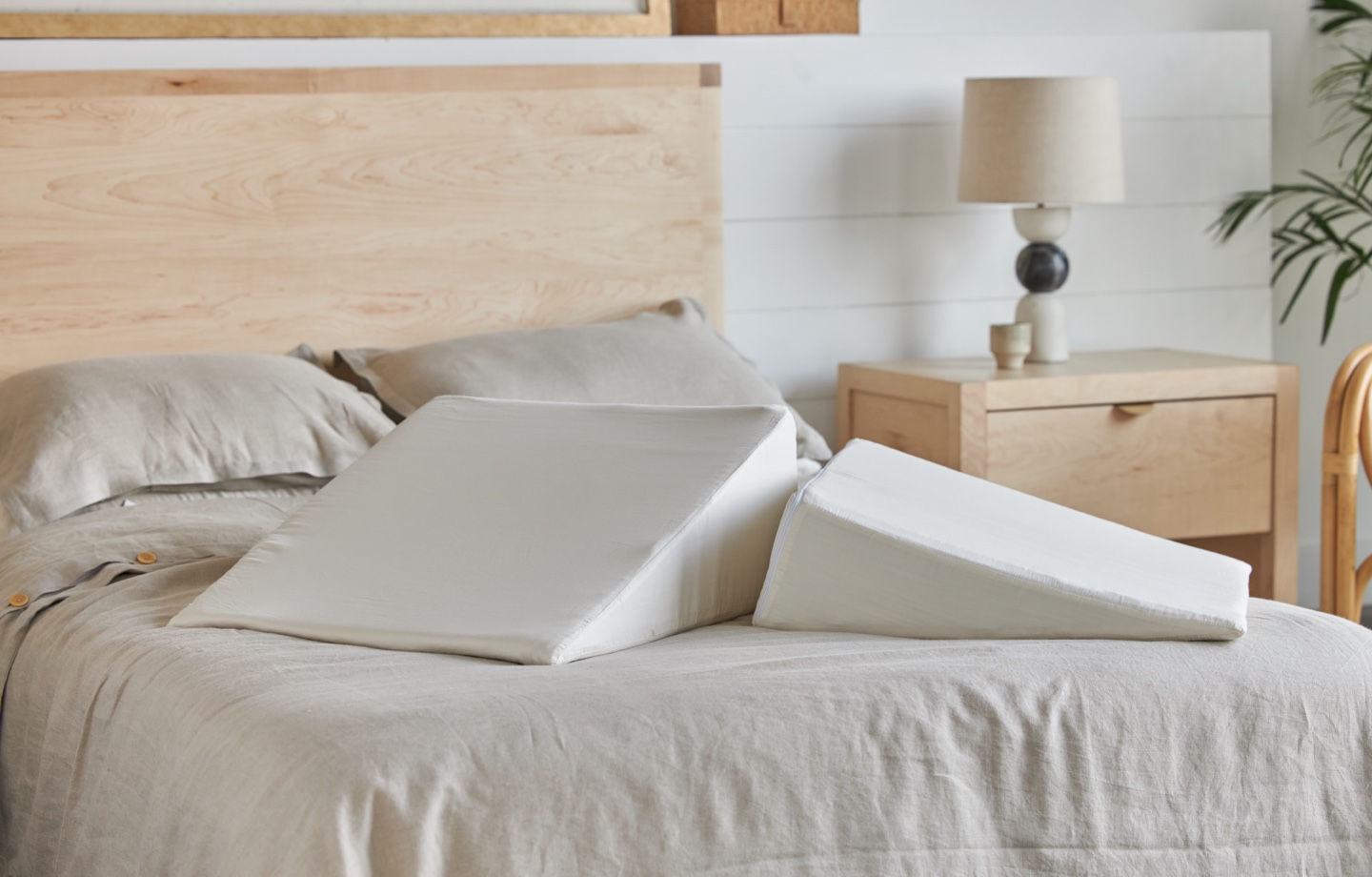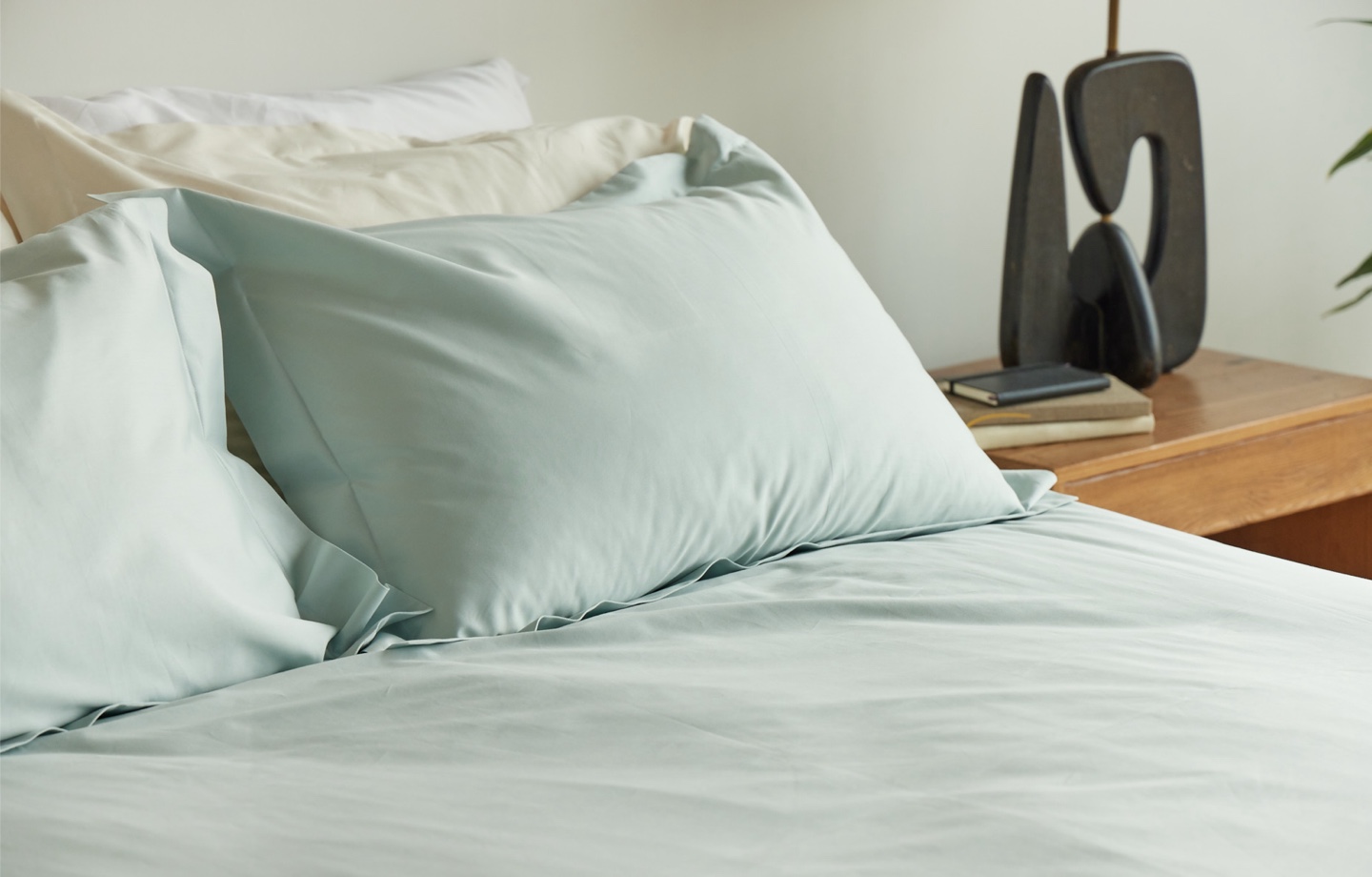The right pillow is key to blissful, pain-free rest. Here’s how to choose the best pillow for your individual sleep style.
It’s another one of those mornings. You wake up from a restless night, and as you rise out of bed, the full extent of your discomfort greets you — a stiff neck, a dull headache, and body aches. You’ve become too familiar with the misery of this soreness, and your pillow might be the one to blame.
The pain you feel could be from a poor cervical posture caused by inadequate support during slumber. Plus, stress on your spine and neck can increase sleep disturbances, robbing you of the vital and restorative sleep necessary to support your body’s essential functions.
Dr. Funke Afolabi-Brown, a sleep medicine physician and the founder of Restful Sleep MD, says the type of pillow and the number of pillows a person should sleep with depends on personal comfort preferences and medical or physical needs. She says there’s no one-size-fits-all solution and recommends identifying any underlying sleep problems first and then buying a pillow for better support.
Finding a pillow that stabilizes the natural curve of your spine can take experimentation with different designs and placements. Here’s how to pick the most comfortable pillow and sleeping position for deep, restorative rest.

Read more: An Ode to Great Sleep
Assess Your Sleep Habits and Needs
Start by determining what your natural sleeping position is. Do you gravitate toward sleeping on your side, back, stomach, or a combination? Next, consider other factors that might affect your sleep, such as snoring, allergies, sleep disorders, pregnancy, or an injury. When you know your sleep pattern and challenges, you can narrow the list of pillow options.
- For back sleepers: Back sleeping is the most frequently recommended sleep position for minimizing strain. “It helps maintain a neutral alignment of the spine,” says Afolabi-Brown. Sleeping on your back also reduces the risk of developing pressure sores and wrinkles, and the elevation of your head is helpful if you have acid reflux. Afolabi-Brown recommends choosing a medium-fill pillow that supports the natural curvature of your neck and head. Your head should remain level and not be pushed forward or tipped back, and placing a wedge pillow under the crook of your knees will relax your lower back muscles.
- For side sleepers: The most common position for adults is on the side. It’s also the best position for people who snore, are pregnant, or have sleep apnea. If you’re a side sleeper, Afolabi-Brown says to select a thicker and firmer pillow that fills the space between your shoulder and head. A pillow with a high lift will alleviate pressure from any weight that shifts to your shoulders, and putting a mini pillow between your knees will minimize movement and keep your spine aligned.
- For stomach sleepers: Sleeping on the stomach is the least common position. It causes more severe stress and distortion of the spine. However, if this is your favorite way to sleep, a few adjustments can make it safer. Afolabi-Brown says a soft, thin pillow, or no pillow at all, will help reduce neck strain by preventing your head from lifting back and throwing you out of alignment. Adding a thin pillow under your hips will also even out your spine.
- For combination sleepers: If you tend to toss and turn through multiple positions, Afolabi-Brown says that’s completely normal and may not affect your sleep. “If a person is a restless sleeper, however, it may be a sign of an underlying sleep disorder such as restless leg syndrome or sleep apnea, “ she warns. When it comes to your pillow, start by figuring out if you prefer a firm or plush option and go from there.

Read more: How to Wake Up Energized
Consider Different Pillow designs
After establishing which position feels the most comfortable, consider which pillow design features will enhance your sleep quality and spinal alignment. Evidence suggests it’s beneficial to look for pillows made with:
- Durable and renewable materials, like our adjustable organic latex pillows
- A contoured design for specific sleeping positions
- A cooling surface to regulate your body temperature and reduce sweating
- Removable pillow protectors for easy cleaning to reduce dust and bacteria and prevent mold
Try an In-Person Pillow Fitting
Rather than solely depending on anecdotal reviews and unverified claims, step into a shop, like one of our retail stores, to speak with an expert, test different pillows while lying in your preferred sleep position, and find what feels best.

Allow Time to Adjust
Sleeping on a new pillow or training your body to rest in a new position comes with an adjustment period that may cause mild discomfort before you feel any improvement. “It can take anywhere from a few days to a few weeks to get used to sleeping in a new position,” says Afolabi-Brown. “The key is consistency and patience.”
If a month passes and you’re still not feeling enough relief, return the pillow and try another until you find your perfect fit for a good night’s sleep.
Read more: Sleep Quality vs Sleep Quantity: What Matters More?
Have feedback on our story? Email [email protected] to let us know what you think!

Shop Pillows
The Essential Organic Pillow Collection
Gentle, breathable, non-toxic support.







